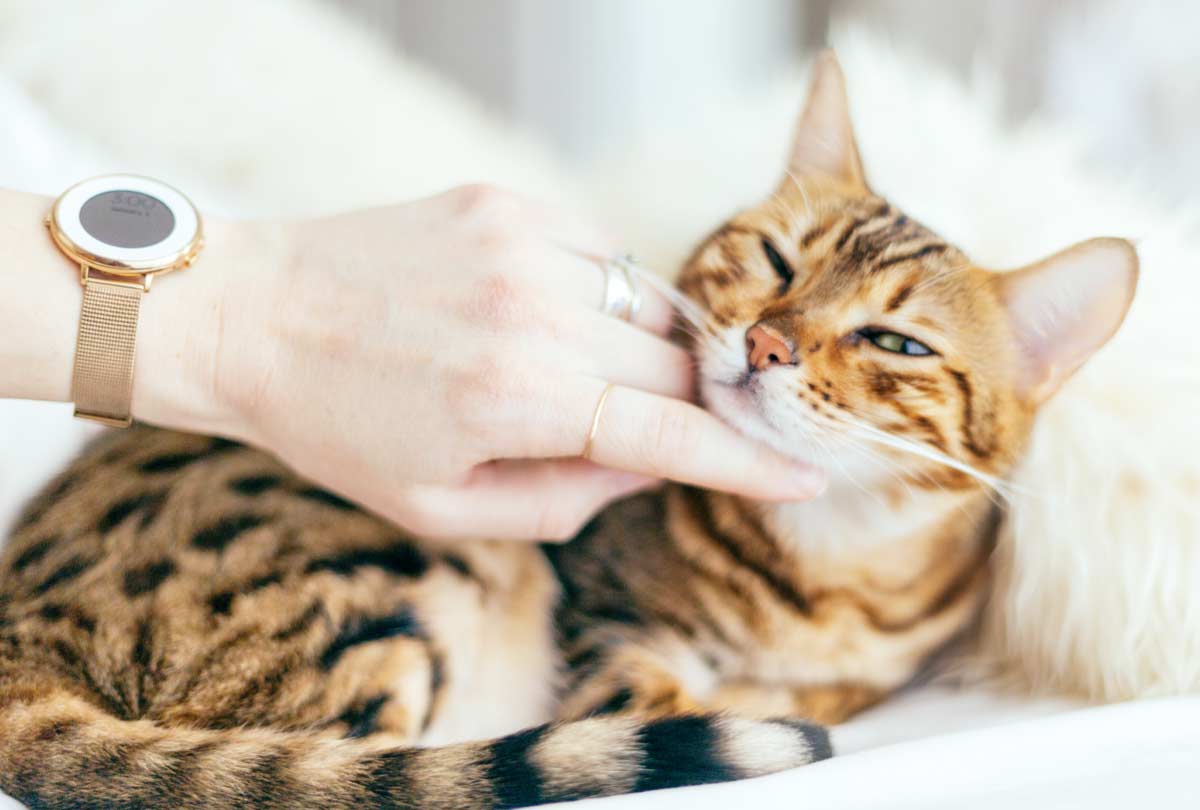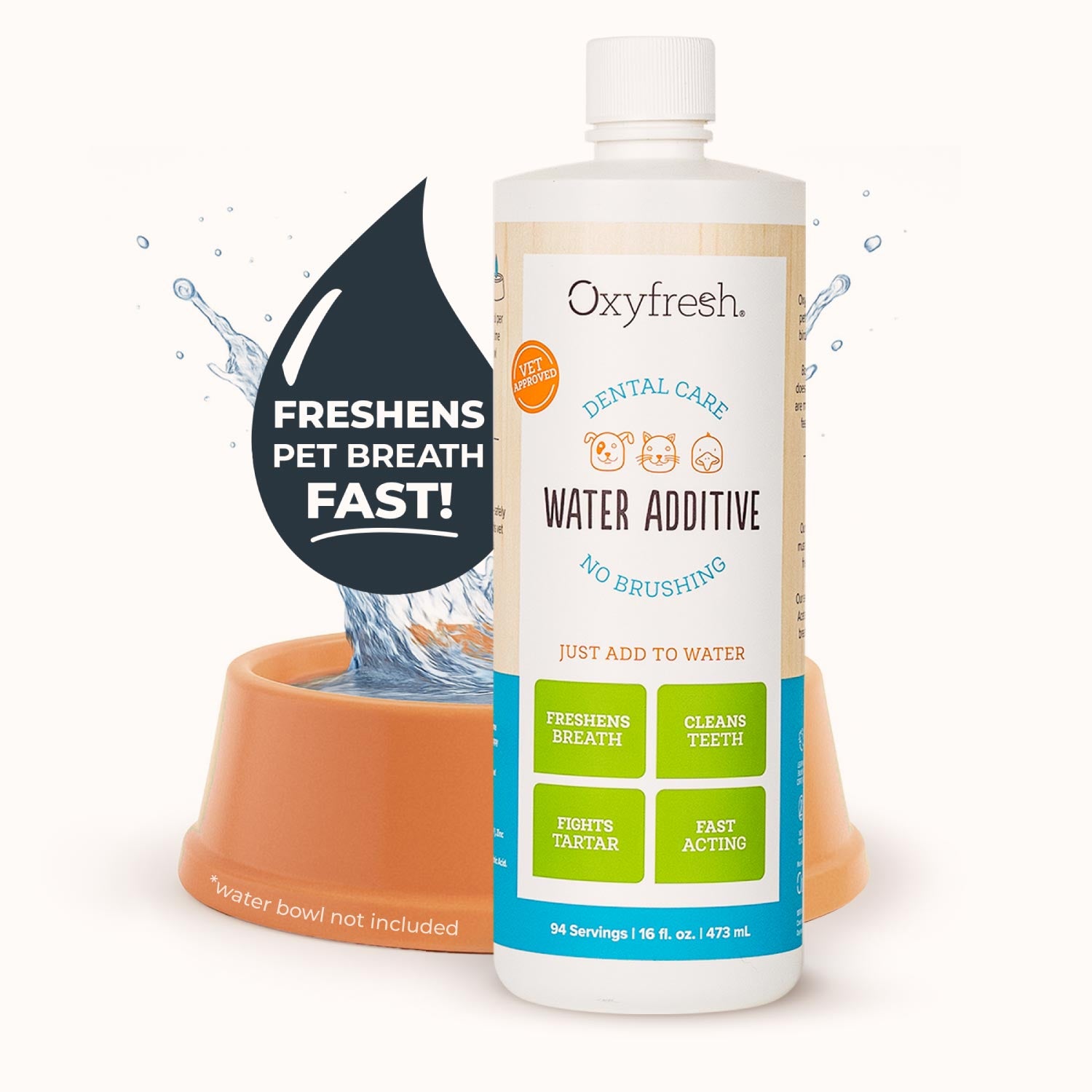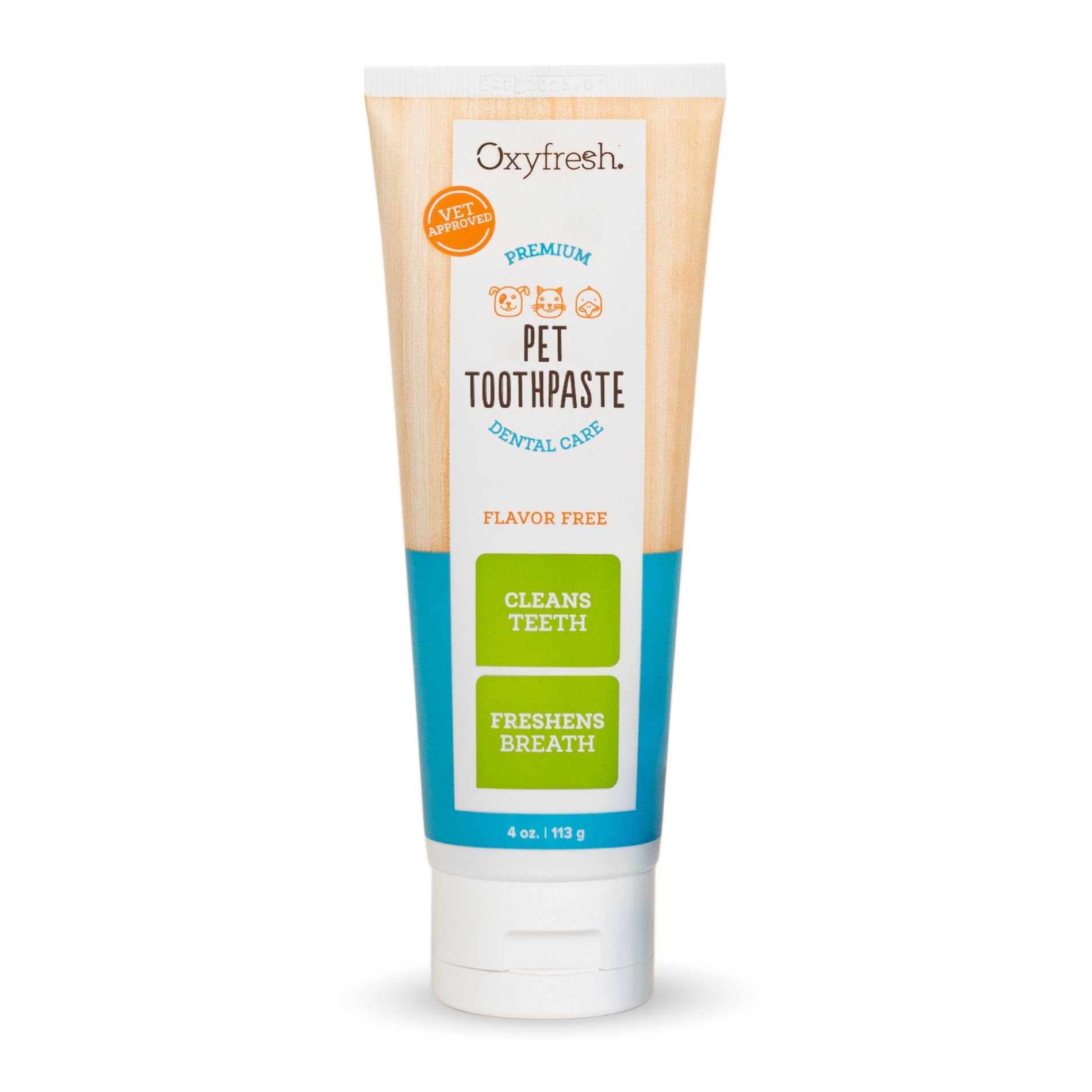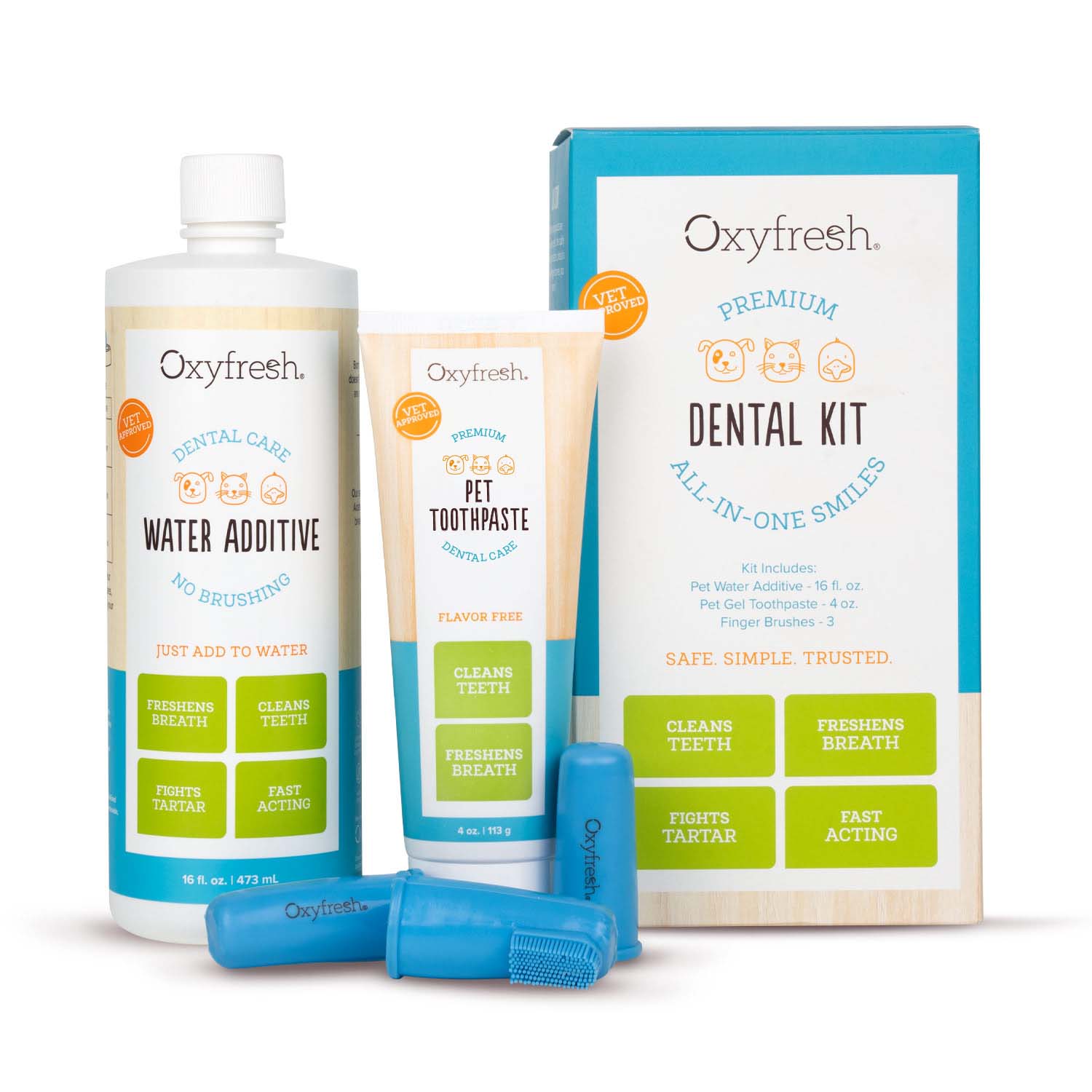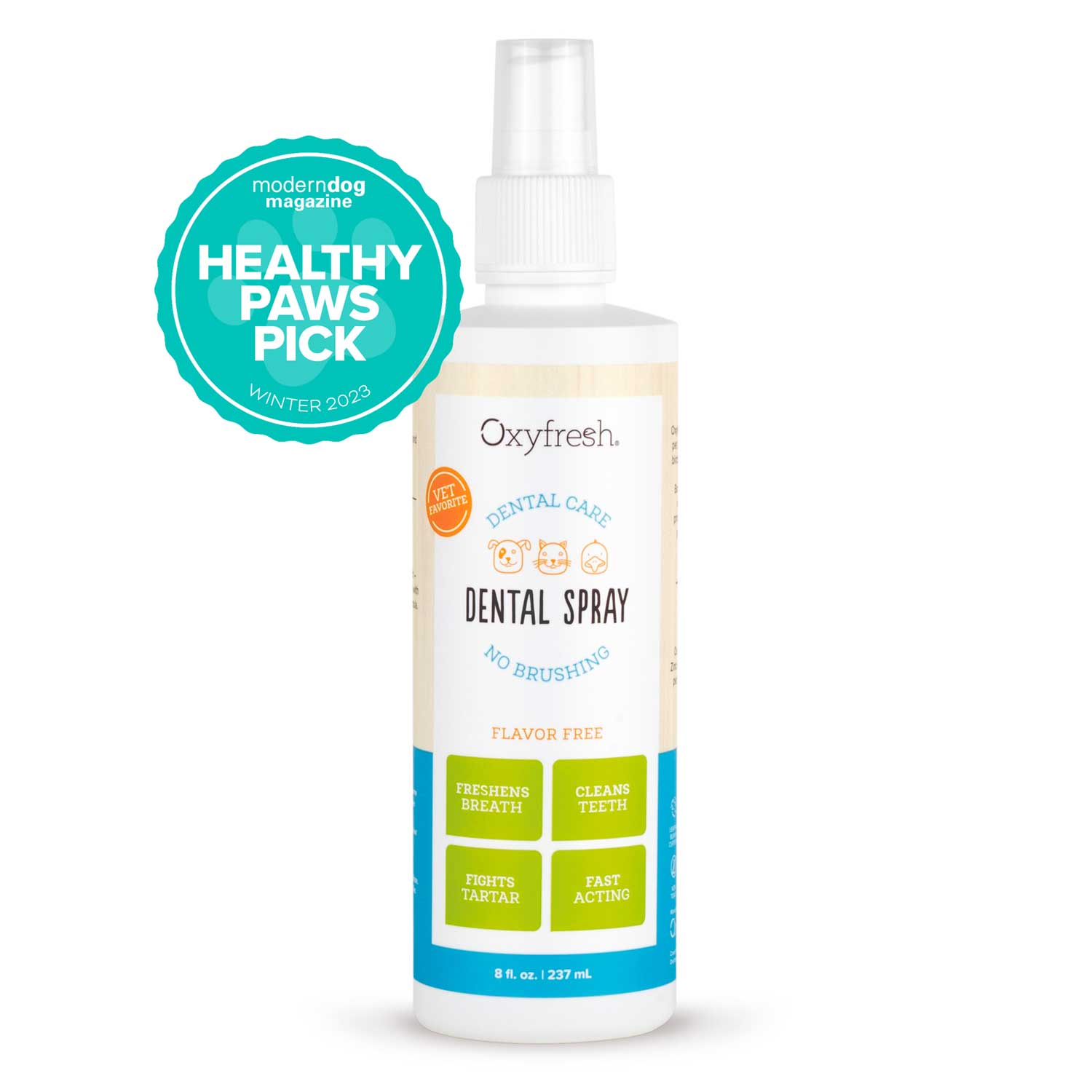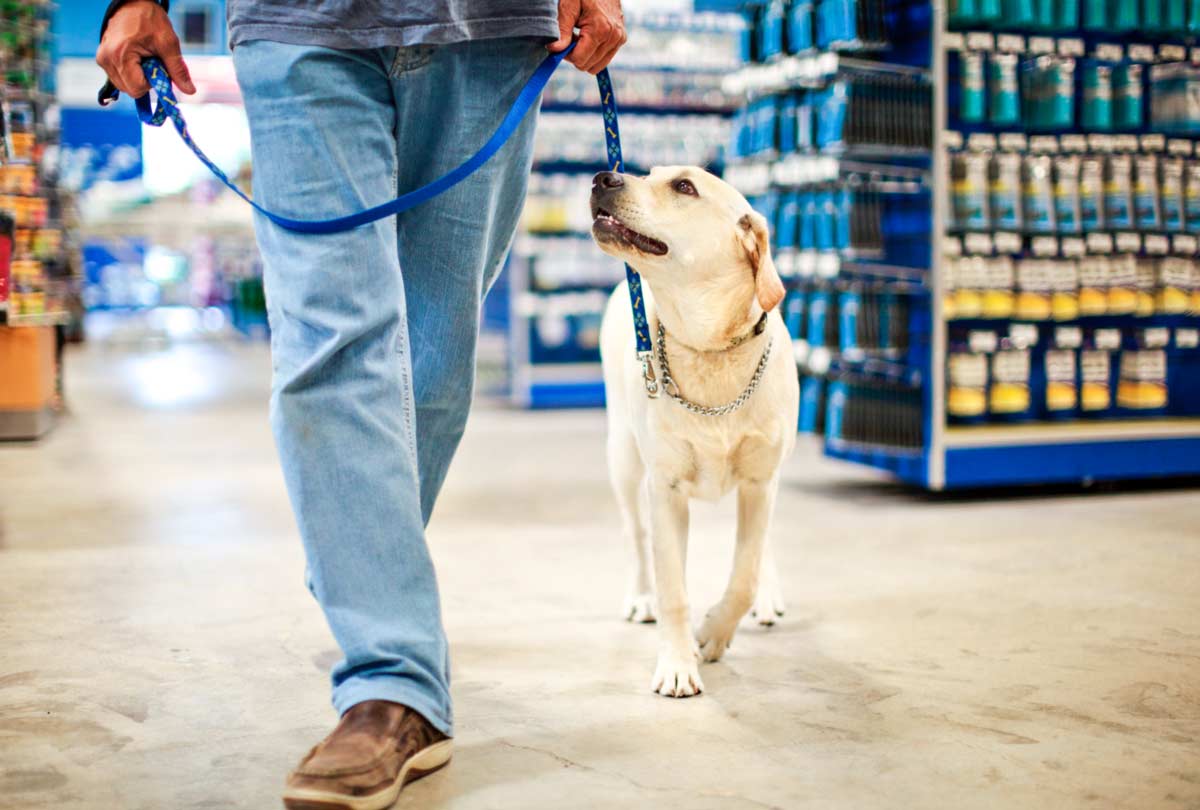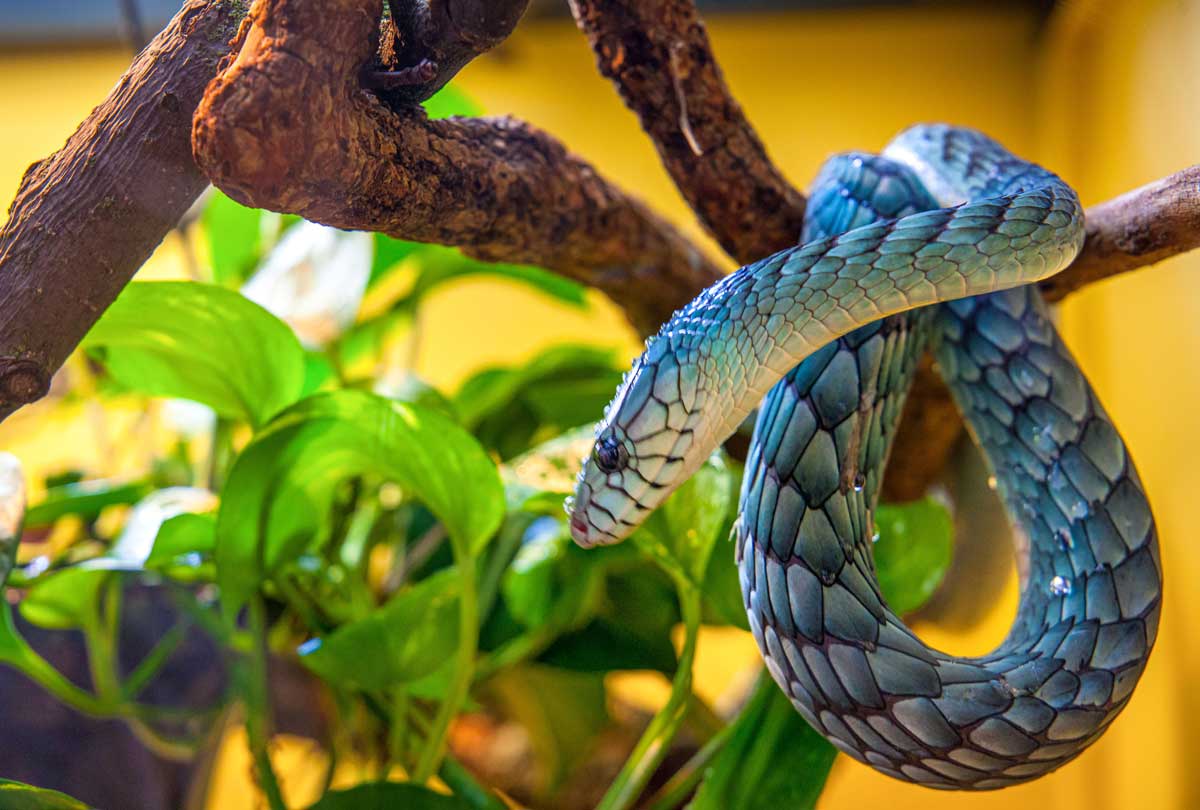We expect it from our dogs – that gross puddle of drool that appears at the first smell of roasted chicken. But what about their decidedly better-mannered counterparts: cats? Is cat drooling normal? Or is it something to worry about? Keep reading for everything you need to know about cat drool.
Normal Causes of Cat Drooling
As we all know, dog drool can be quite messy, especially after they shake, shake, shake. But cats are more cool with their drool. You won’t see long, precariously-hanging strings of drool, but rather bubbles of saliva around their mouths.
Oftentimes, the reason for cat drooling is totally innocent and nothing to worry about. Also, if you have a kitten that’s a drooler, they’ll likely be a drooler for life, and you can just chalk it up to one of their little quirks. But if you have an adult cat who starts drooling all of a sudden, that’s more troubling, as there has to be a reason behind it.
Your Cat Is Happy
If you’ve ever caught your cat glaring at you, you may wonder, "Does my cat even love me?" Well, drooling could be just the sign you’re looking for! If the drooling is accompanied by purring or kneading (that’s where they push their paws in and out of soft objects like blankies or your lap), it just means they’re very relaxed and content.
Your Cat Is Anxious
It’s normal for cats to drool during stressful situations, like car rides, visits to the vet, fireworks, thunderstorms, or new members of the pack coming into the home. But when the stressor is gone or they adapt to it, the drooling behavior should go away.
Your Cat Hates Your Food
OK, that sounds a little harsh, but if you have a finicky feline and you give them a food or treat they don’t like, they may drool to get rid of the taste.
Note: this is different than drooling that comes from ingesting a toxin, which would cause additional symptoms, ranging from gastrointestinal upset (vomiting, diarrhea) to neurological problems (tremors, seizures, etc.). If you introduced a new food and drooling is the only adverse reaction, just stick to their food-favorites.
When to Worry About Your Cat’s Drooling
If your cat has suddenly started drooling and was never a drooler in the past, this is a sign of a problem and will most likely warrant a visit to the vet to be on the safe side. Here are some abnormal causes behind cat drooling.
Esophageal Obstruction
Cats are notorious for swallowing string, which can sometimes get lodged in their throats. In addition to excessive drooling, you may notice your cat retching, gagging, persistently swallowing, or not eating. Even a seemingly innocent object like a blade of grass can get caught in a cat’s throat and cause drooling.
Important: if you see a string hanging from your cat’s mouth and they’re showing other signs of distress, don’t try to pull it out yourself. It could be wrapped around something internally and should be handled by the vet.
Tooth Resorption
Tooth resorption, a condition that causes erosion of a tooth, is common in cats, affecting up to 60% of cats over the age of five. The exact cause of this condition is unknown, but one thing is certain: tooth resorption is very painful for our feline friends. That’s because, as the dentin of a tooth erodes, it exposes the nerves.
A cat’s instinct is to hide its pain, so be on alert if you see your cat’s eating habits change. For instance, they may start chewing on one side of the mouth or trying to swallow food whole.
It’s important to have an annual wellness exam where the vet looks at your cat’s teeth to check for this condition. If your cat has tooth resorption, most likely the tooth will need to be extracted.
Toxins in or Around the Home
Our curious cats love to explore the world ... with their mouths. Hence the need to cat-proof our homes so we don’t accidentally expose our cats to something toxic, which can cause drooling and other signs of cat poisoning.
Here are some items you’ll want to make sure your cat doesn’t lick, nibble or chew on.
- Jewelry
- Glowsticks
- Household cleaners
- True lilies (Lilium species) and daylilies (Hemerocallis species)
- Onion, chives, garlic, leeks
- NSAIDs
- Vitamin D3 - found in human supplements or mouse/rat baits
- Medications - cats like the taste of certain antidepressants and ADHD meds because of the pills’ coating
- Topical flea and tick medications meant for dogs - exposure occurs by cat licking dog’s fur
Illness or Injury
Tumors in the mouth can cause a cat to drool and smell bad, as can a variety of diseases, including gastrointestinal disease, kidney disease and liver disease.
If your cat roams outdoors and gets injured in a fight, this may also cause drooling. Mischief such as chewing on cords will lead to drooling as well if they sustain a mouth burn.
Dental Disease
Why is my cat drooling AND smells bad? It’s most likely dental disease, which 7 in 10 cats have by the age of three. If their poor oral health isn’t addressed, bacteria from gum infections can spread through a cat’s body, affecting vital organs like the heart and kidneys. Ultimately, dental disease can shorten their lifespans by several years.
Plaque is the jumping-off point for gum problems. Eventually, it will harden into bacteria-filled tartar and begin to infect the gums. That’s why removing plaque each day is key. It can also save you money down the road, as home dental care decreases the need for professional cleanings.
Oftentimes, cat halitosis (bad breath) is the first indicator of a problem, with other symptoms soon to follow, including drooling.
The good news is, dental disease progresses in stages, and in the early stages, it’s completely reversible with good oral care at home.
Give Your Cat a Healthy Smile With Oxyfresh Pet Dental Gel Toothpaste
To get your cat’s smile healthy (and drool free!), it’s smart to adopt a regular dental routine.
Brushing is best when you start your cat out at a young age. But don’t worry, you can still teach an old dog (‘er, cat) new tricks with Oxyfresh Pet Dental Gel Toothpaste.
The beauty of this product (besides those clean, sparkly-white cat teeth) is it’s so versatile and easy to use. If you don’t want to fuss with a brush, just apply the gel straight to your cat’s gum line with your fingers or a Q-tip.
Oxyfresh’s proprietary ingredient Oxygene® will get right to work to stop the bacteria that cause plaque, tartar and bad cat breath. No other pet dental line has it!
This premium gel is tasteless, odorless and way more effective than messy bones and high-calorie treats. You WILL notice a huge difference in your cat’s smile when you adopt it into your routine.
What to Do If Your Cat Hates Having Their Teeth Brushed
If your cat isn’t keen on having their teeth brushed or their mouth handled, you can still get important plaque-fighting protection with Oxyfresh Pet Dental Water Additive.
It’s paws down the easiest way to keep your cat’s teeth clean and their breath cuddly-fresh. Just add a capful to your cat’s water bowl or fountain and call it good.
Just like Oxyfresh’s pet toothpaste, it’s tasteless, odorless and formulated with proprietary Oxygene® to quickly stop plaque, tartar and bad breath.
Picky-cat approved with no mint, alcohol or other junk, they won’t be able to detect it at all. (Score 1 for you, 0 for the cat.)
It really is the easiest way to dip your toe into the water (no pun intended) of cat teeth cleaning.
Now what? When in doubt, make an appointment with the vet to have them get to the bottom of your cat’s drooling or bad smell. In the meantime, get them started on a good oral hygiene routine. It goes way beyond fresh breath and less drool. It can actually add years to your cat's life! That’s something to get both of you purring.

